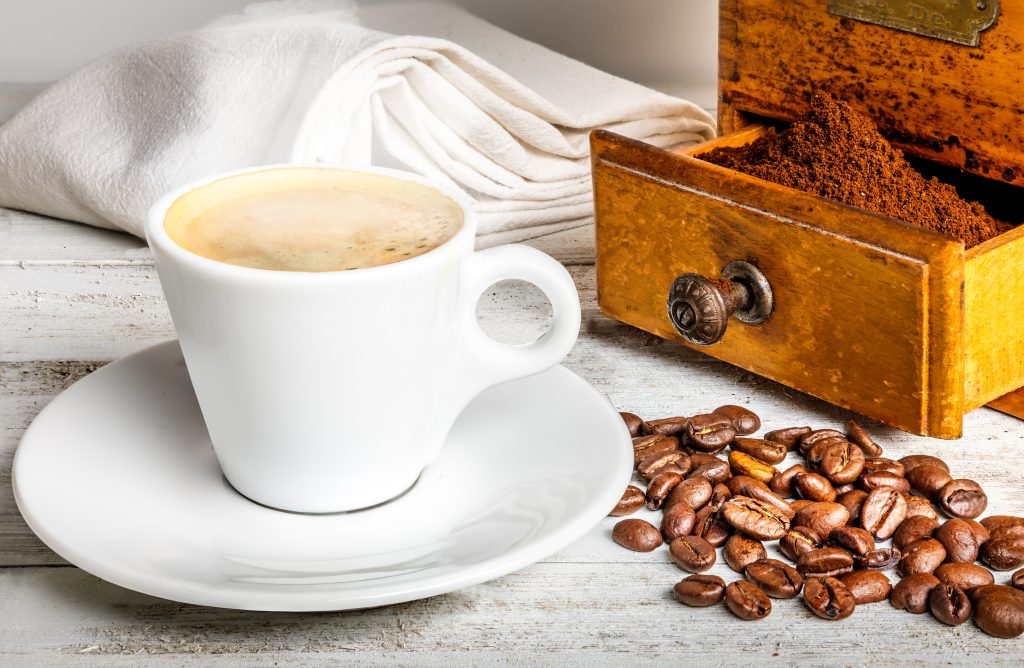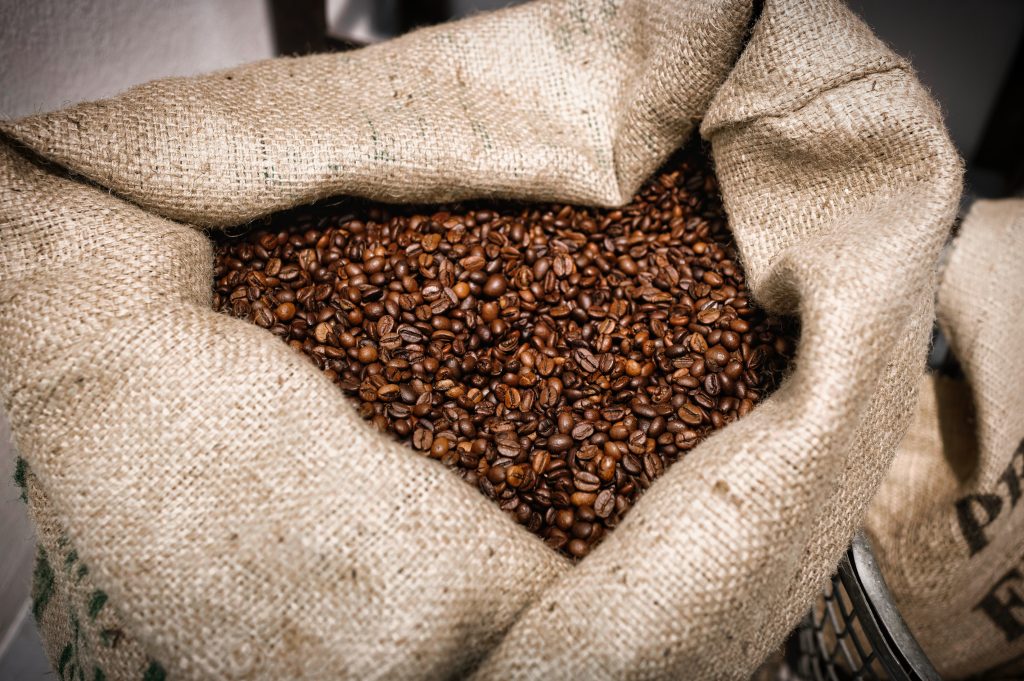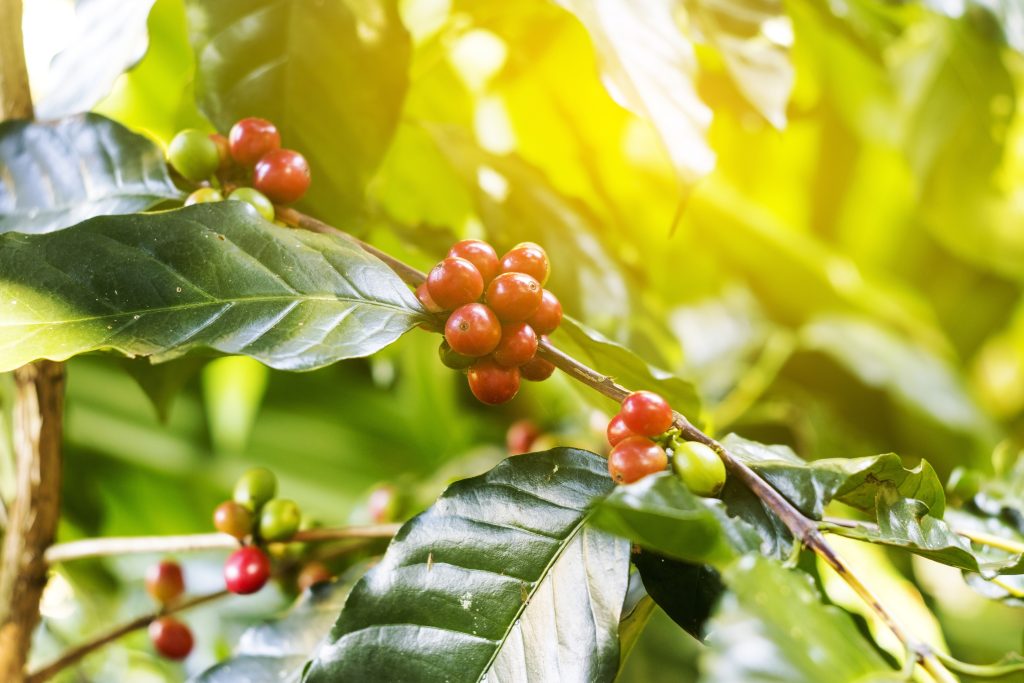There are many different ways of preparing espresso. In Italy, numerous preparation methods are popular with which the enjoyment of espresso can be individualized.
For most Italian coffee specialties, the espresso is the basis and can be refined according to personal taste. We present well-known types of espresso here.
The classic espresso
Espresso is commonly known as the “usual” coffee in Italy and is drunk at any time of the day. Properly prepared espresso is characterized by an intense aroma and a creamy consistency. A firm crema on the espresso is a quality feature and is therefore particularly appreciated by connoisseurs. But fully automatic espresso machines for various coffee drinks now also make really good coffee in small cups.
Espresso Doppio
For those who prefer a larger quantity of coffee without losing the characteristic intense aroma of espresso, opt for an Espresso Doppio. This double espresso has a content of 50 to 60 ml and also tastes great as a basis for a Cappuccino – real Italian, of course, with milk froth instead of cream.
Espresso Lungo
Another variant of the espresso is the lungo. The same amount of coffee powder is required for this as for an espresso, but this is prepared with twice the amount of water.
In order for sufficient flavors to reach the lungs, a longer brewing time is set than for an espresso. Due to the longer extraction time, the bitter notes come more to the fore with a lungo.
Espresso Ristretto
Ristretto is the “short” espresso and – in contrast to lungo – is prepared with half the amount of water that is used for an espresso. This creates a very strong and aromatic coffee that is much more concentrated than the classic espresso.
If you are already in the mood for a cup of masterful espresso from our Viennese coffee manufactory, you will find perfect espresso enjoyment with little effort on our NABER website with our Easy Serving System, also known as E.S.E for short.
It’s that easy:
Step 1: Turn on the NABER E.S.E. Pads-Maschin a
Step 2: Fill the water tank with fresh tap water
As soon as the operating temperature has been reached and the red LED goes out, the espresso can be made:
Step 3: Select the NABER E.S.E Pad and enter the NABER E.S.E. Put in the pads machine.
Step 4: The lever of the NABER E.S.E. Gently press down the pads machine. Switch on the pump – the coffee runs out of the machine slowly and with a fine crema. Switch off the pump after the desired amount of coffee – enjoy!
This is real espresso – full of crema and perfect aroma right from the first cup.


